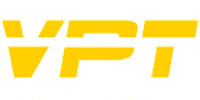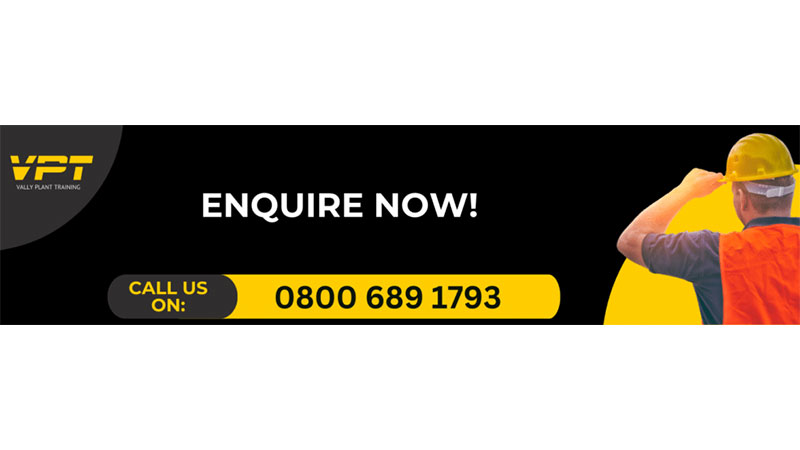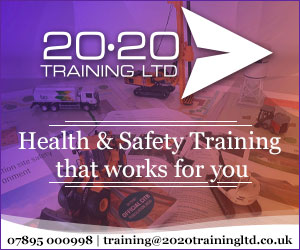Contact
steve Valentine
Email
Address
7 Willis Walk
Northway
GL20 8RW
About Vally Plant Training Ltd Slinger Signaller Training
The aim of the NPORS Slinger Signaller Training is to provide both theoretical and practical training in the safe and efficient operation of slinging and moving loads using hand signals or radios Guided by the Lift Supervisor. On successful completion of the slinger course you will be issued with the NPORS Slinger Signaller trained identity card with or without the CSCS Logo
Slinger Signaller Course Contents:
A Slinger Signaller course typically covers a range of topics related to the safe operation of lifting equipment and the signalling procedures involved in crane and lifting operations. While specific course contents may vary depending on the training provider and the regulations of the region, here’s a general outline of what will be included:
1. Introduction to Lifting Operations:
Overview of lifting equipment and machinery.
Importance of safe lifting operations.
Legal and regulatory requirements for lifting operations, LOLLER, PUWER and BS 7121.
2. Roles and Responsibilities:
Duties of the slinger signaller.
Understanding the roles of other personnel involved in lifting operations (crane operator, banksman, etc.).
Importance of effective communication and coordination.
3. Health and Safety:
Risk assessment and hazard identification.
Personal protective equipment (PPE) requirements.
Safe working practices around lifting equipment and machinery.
4. Lifting Equipment and Accessories:
Types of lifting equipment (cranes, hoists, slings, etc.).
Inspection and maintenance requirements for lifting gear.
Proper selection and use of lifting accessories.
5. Signals and Communication:
Standard hand signals for crane operations.
Radio communication procedures.
Clear and effective communication techniques.
6. Load Identification and Weight Estimation:
Methods for identifying loads and determining their weights.
Estimating centre of gravity and load stability.
7. Slinging Techniques:
Types of slings and their applications.
Correct methods for attaching and securing loads.
Precautions for different types of loads (e.g., fragile, hazardous).
8. Lifting Operations Planning:
Pre-lift checks and planning considerations.
Site-specific factors affecting lifting operations (e.g., terrain, weather).
Emergency procedures and contingency planning.
9. Practical Exercises and Demonstrations:
Hands-on training with lifting equipment and machinery.
Practice sessions for signalling and communication.
Simulation of real-world lifting scenarios.
10. Assessment and Certification:
Written tests to assess theoretical knowledge.
Practical assessments of signalling and slinging skills.
Certification upon successful completion of the course.
It’s essential for the course to provide a balance of theoretical knowledge and practical skills to ensure that participants can effectively carry out their duties as slinger signallers in various lifting operations. Additionally, the course should emphasise the importance of safety and adherence to regulations throughout all aspects of lifting operations.
 UK
UK Ireland
Ireland Scotland
Scotland London
London














